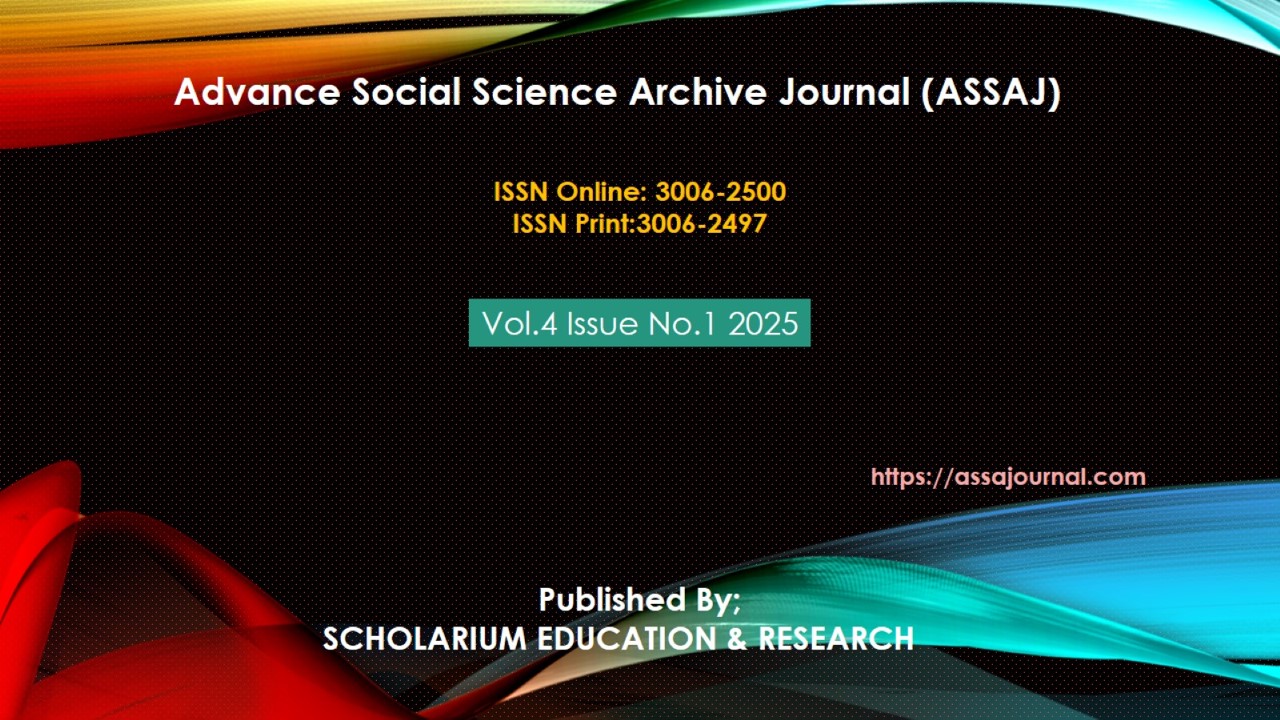When Lexemes Go Wrong: Conflict Narrative about Pakistan in the New York Times
Abstract
The analysis illustrates how The New York Times framed the 2007 Lal Masjid operation. It attempts to identify linguistic and ideological biases in the reporting. Discourse analysis is used to analyse Pakistan's culture, politics, and religion. The emphasis is on repeating phrases such as Islamist, radical, and militant. The findings show that the image of the burqa is associated with oppression and extremism, resulting in a limited perspective that ignores cultural dimensions and human choice. At the same time, names such as Jihad and Sharia indicate the myopic construction of narratives. The reporting aligns with broader post-9/11 U.S. media trends that link overseas events to American policy issues. While the media attempts to contextualise the Lal Masjid operation within a larger political, social, and security framework, the language used perpetuates prejudices and conflict-oriented narratives about Pakistan. The study concludes with a recommendation for more accurate language and context-aware reporting in the international media. It highlights the importance of cultural sensitivity in gaining a deeper understanding of diverse communities.
Keywords: Lal Masjid, Pakistan, US, Jihad, Islamist





